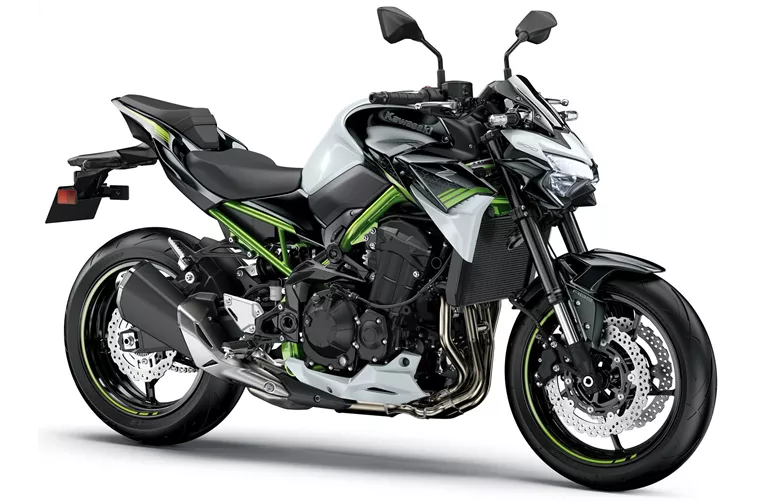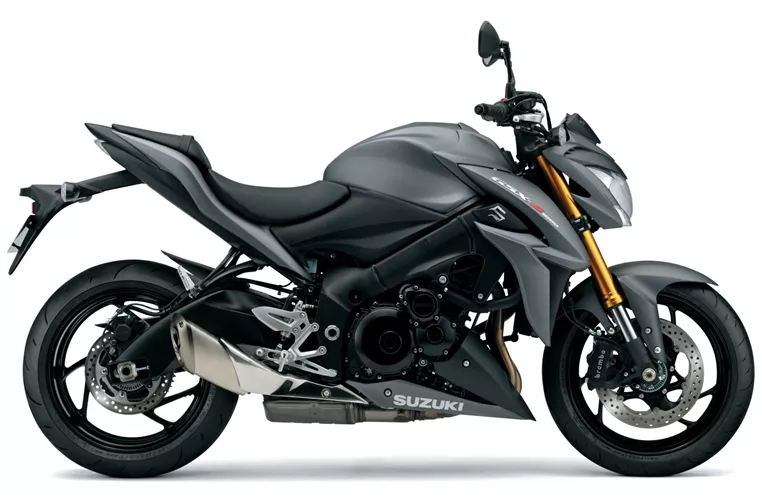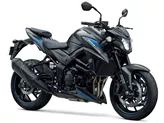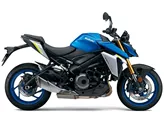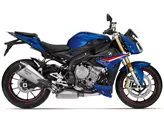Kawasaki Z900 2020 vs. Suzuki GSX-S1000 2015
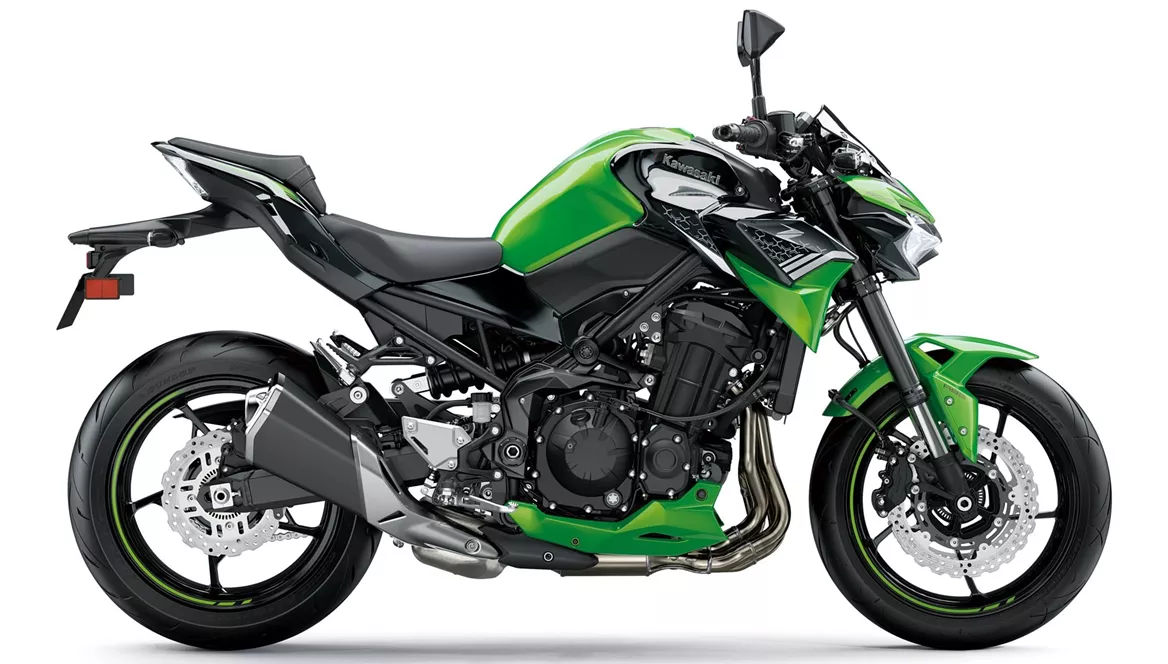
Kawasaki Z900 2020

Suzuki GSX-S1000 2015
Pregled - Kawasaki Z900 2020 vs Suzuki GSX-S1000 2015
When comparing the Kawasaki Z900 2020 and the Suzuki GSX-S1000 2015, it is clear that both bikes have their own unique strengths and weaknesses.
Starting with the Kawasaki Z900 2020, it boasts a powerful four-cylinder engine with 125.4 HP and 98.6 Nm of torque. This engine is fuel-injected and offers smooth and responsive power delivery. The bike also features a liquid cooling system, ensuring optimal engine temperature even during long rides. With a displacement of 948 ccm, the Z900 offers a good balance between power and efficiency.
In terms of suspension, the Z900 is equipped with an Upside-Down telescopic fork at the front and a swing arm with a monoshock at the rear. Both the front and rear suspension offer preload and rebound adjustment, allowing riders to fine-tune the bike's handling to their preference. The frame of the Z900 is made of steel and has a double cradle design, providing a sturdy and stable platform for the bike.
When it comes to braking, the Z900 features double disk brakes at the front with a diameter of 300 mm and four pistons. The brakes utilize petal technology, offering excellent stopping power and heat dissipation. The bike also comes with advanced rider assistance systems such as ABS, riding modes, ride by wire, and traction control, enhancing safety and control.
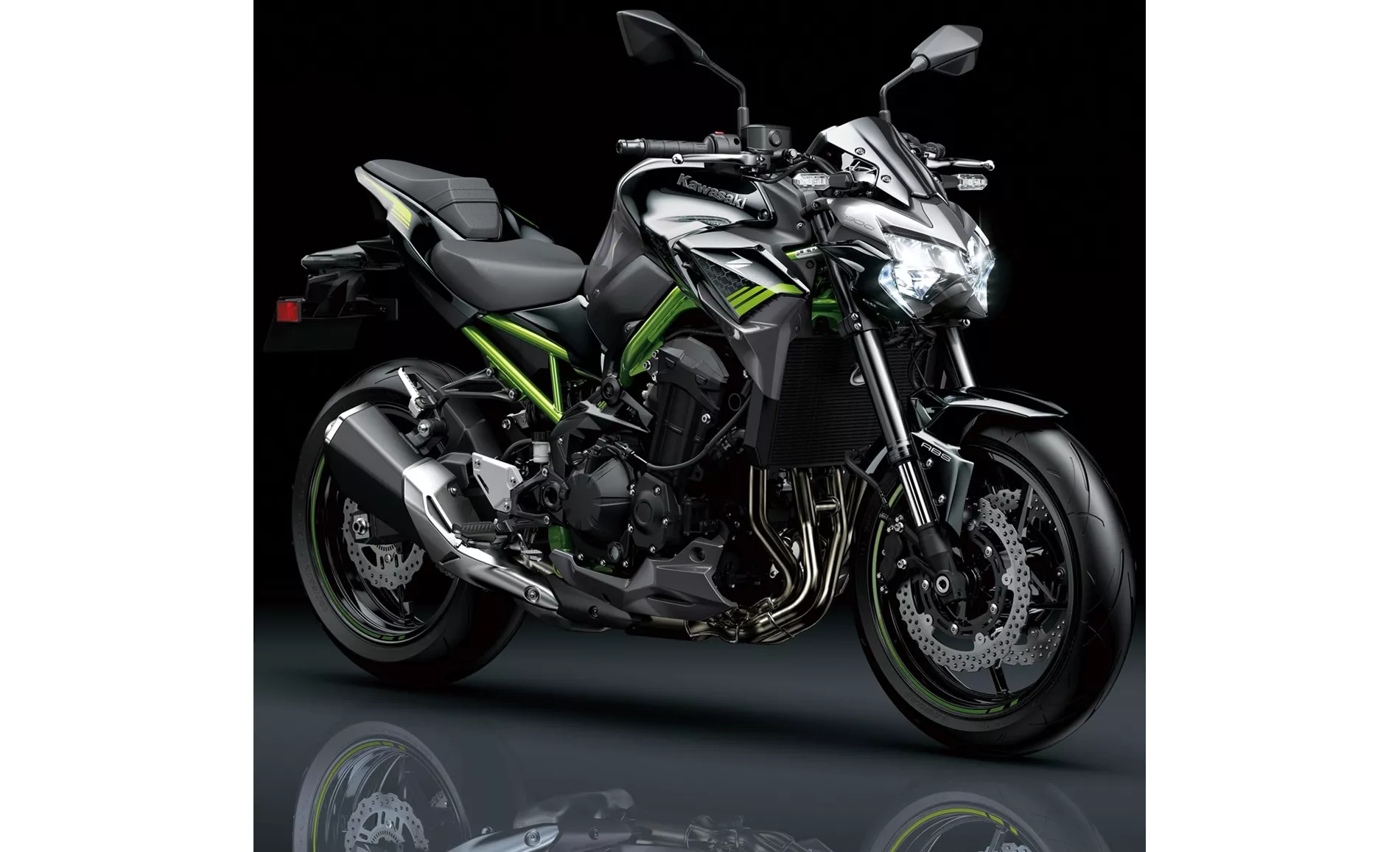
Kawasaki Z900 2020
In terms of dimensions and weights, the Z900 has a front tire width of 120 mm and a diameter of 17 inches. The rear tire is wider at 180 mm and also has a diameter of 17 inches. The wheelbase is 1450 mm, providing stability and agility. The seat height is 795 mm, making it accessible for riders of different heights. With a kerb weight of 210 kg (with ABS), the Z900 strikes a good balance between agility and stability.
Moving on to the Suzuki GSX-S1000 2015, it is powered by a legendary Suzuki engine with 149 HP and 106 Nm of torque. This engine is also fuel-injected and offers a rev-happy nature, delivering power throughout the rev range. The bike features a liquid cooling system, ensuring optimal engine performance even during demanding rides. With a displacement of 999 ccm, the GSX-S1000 offers ample power for thrilling rides.
In terms of suspension, the GSX-S1000 is equipped with an Upside-Down telescopic fork at the front and a swing arm with a monoshock at the rear. Both the front and rear suspension offer compression, preload, and rebound adjustment, allowing riders to fine-tune the bike's handling to their preference. The frame of the GSX-S1000 is made of aluminum and has a twin tube design, providing a lightweight and rigid structure.
When it comes to braking, the GSX-S1000 features double disk brakes at the front with a diameter of 310 mm and four pistons. The brakes utilize radial technology, offering excellent stopping power and precise control. The bike also comes with ABS, enhancing safety during braking.

Suzuki GSX-S1000 2015
In terms of dimensions and weights, the GSX-S1000 has a front tire width of 120 mm and a diameter of 17 inches. The rear tire is wider at 190 mm and also has a diameter of 17 inches. The wheelbase is 1460 mm, providing stability and agility. The seat height is 815 mm, making it slightly higher than the Z900. With a kerb weight of 209 kg (with ABS), the GSX-S1000 is slightly lighter than the Z900.
In terms of strengths, the Kawasaki Z900 2020 offers a powerful four-cylinder engine, great handling, good equipment, aggressive looks, and value for money. On the other hand, the Suzuki GSX-S1000 2015 boasts a legendary Suzuki engine, sharp sound, rev-happy nature, harmonious tuning, pleasing design, strong brakes, taut chassis, and no performance cheating.
However, both bikes have their weaknesses as well. The Z900 has a somewhat tiring menu navigation and lacks a quickshifter option. On the other hand, the GSX-S1000 is based on an older platform and may have weaker performance in the rev range and load change.
In conclusion, both the Kawasaki Z900 2020 and the Suzuki GSX-S1000 2015 offer their own unique strengths and weaknesses. It ultimately comes down to personal preference and priorities when choosing between these two naked bikes.
Tehnične specifikacije Kawasaki Z900 2020 v primerjavi z Suzuki GSX-S1000 2015
Primerjava prednosti in slabosti
Primerjava prednosti in slabosti
Kawasaki Z900 2020
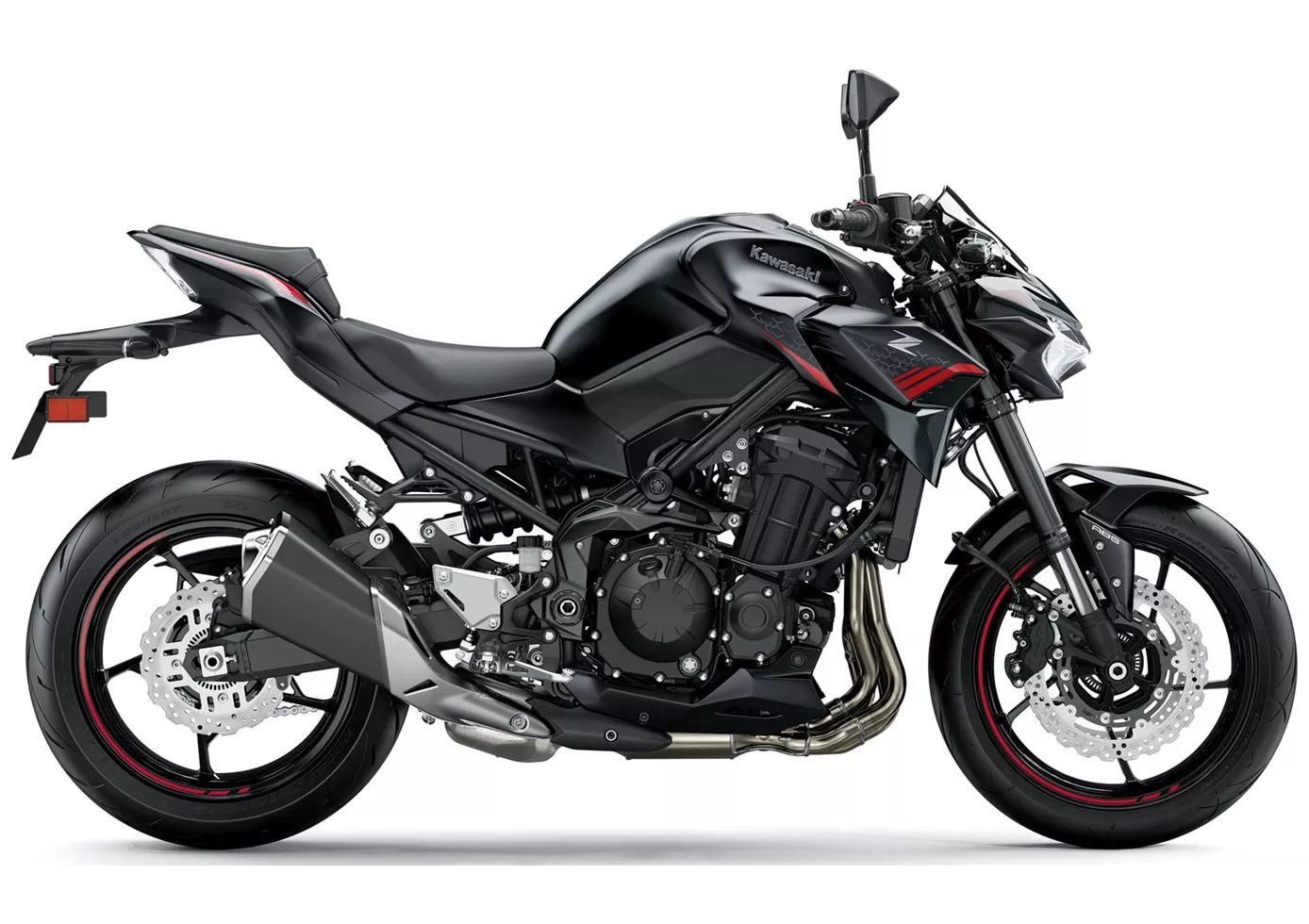
In terms of price-performance, the Kawasaki Z900 is hard to beat at the moment. With the perfectly tuned engine, the high-quality chassis components and the electronics added for 2020, this naked bike offers everything that sporty riders will be looking for. There is really nothing to complain about, even if the option of a quickshifter would have been a nice extra. Apart from that: great shot, Kawasaki!
Suzuki GSX-S1000 2015
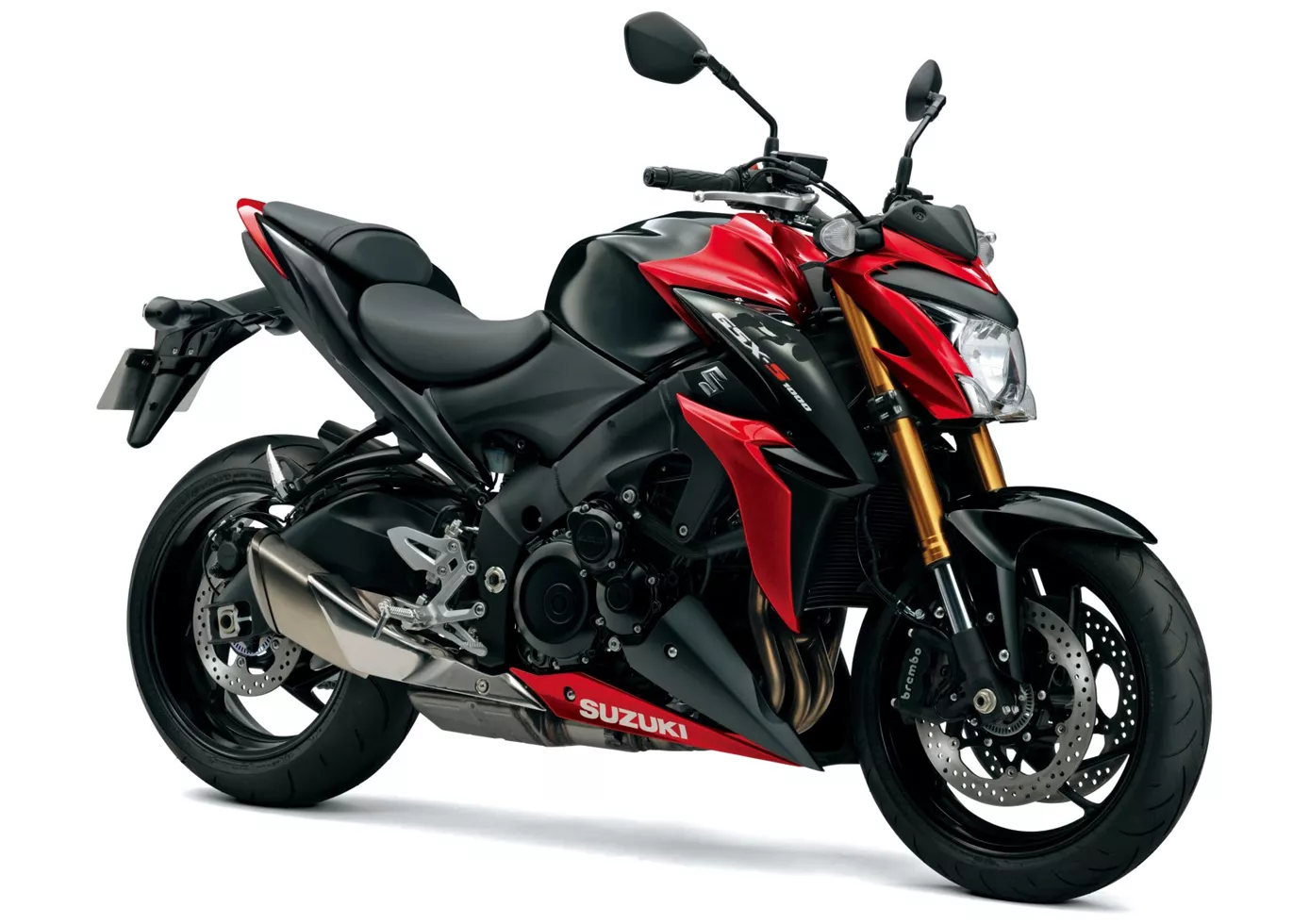
The GSX-S1000 is an honest motorbike in terms of performance and handling. You get even more than stated on paper, but you have to get the four-in-line up to speed first. As a rider, you have the feeling that you are still in command, even if the GSX-S is no longer completely without standard riding assistance systems - which work extremely well. Contact with the road feels direct, the dynamics are precise and transparent. Not only in terms of design can this naked bike give pleasure for many years to come, the somewhat outdated basis is quickly forgotten.
Primerjava povprečnih tržnih cen Kawasaki Z900 vs Suzuki GSX-S1000
There are a few key differences between a Kawasaki Z900 2020 and a Suzuki GSX-S1000 2015. In terms of price, the actual average price of a Kawasaki Z900 2020 is about 17% higher. Compared to Suzuki GSX-S1000 2015 there are more Kawasaki Z900 2020 bikes available on the 1000PS.de Marketplace, specifically 34 compared to 6. It takes less time to sell a Suzuki GSX-S1000 with 86 days compared to 124 days for the Kawasaki Z900. Since model year 2017 1000PS.de editors have written 46 reviews for the Kawasaki Z900 and 36 reviews for the Suzuki GSX-S1000 since model year 2015. The first review for the Kawasaki Z900 was published on 11/11/2016 and now has more than 93,200 views. This compares to more than 17,100 views for the first review on Suzuki GSX-S1000 published on 9/27/2014.
